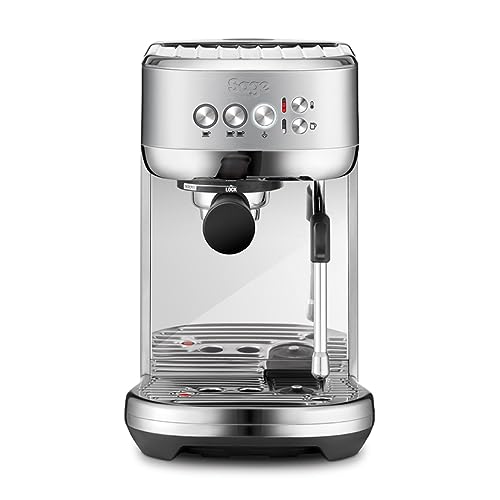How Does Machine Espresso Work?
The machine espresso uses precise pressure, as well as a filter technology that is mind-blowing to make the coffee you love. But how exactly does it work?
To make espresso hot water is pushed under pressure through finely ground coffee. The process is similar to making drip coffee but the difference is in the pressure.
The Head of the Group
As the name suggests the group head is where you place your portafilter when brewing espresso. coffeee.uk disperses the water into the portafilter, and regulates the pressure of the extraction. There are numerous kinds of group heads each with its own advantages and drawbacks. Some focus on temperature stability, some on pre-infusion capabilities, while others are designed to control the lever. There are also some that contain a variety of features, such as the E61, which is to be the most popular among baristas due to its capacity to provide multiple benefits in a single package.
As you can see in the above photo, the group head has numerous notches that you can place your portafilter before twisting it by hand to lock it in. A gasket of rubber is situated inside the notches to help create a seal as you insert your portafilter. The notches allow for precise placement of the portafilter. This is vital for an efficient extraction.
The group head not only lets you to place your portafilter easily, but it also maintains an even temperature. It does this by cycling hot water through the brew container and around the portafilter to ensure that it is always at the correct temperature for extraction. It is important to realize that even a slight differences can make the distinction between a great and a excellent espresso.
The Pump
The motorized pumps in espresso machines rotary provide nine atmospheric bars of pressure required to extract espresso. This differs from manually operated piston machines that employ levers. This pressure is built up by pumping water through a heat-exchanger and then through the ground coffee.
Pumps are typically less expensive and last longer than piston-driven machines. However, both kinds of machines can degrade due to overuse and poor cleaning. They also add mechanical complexity and can lead to an expensive price for even the most basic models.
Some espresso machines employ steam pressure instead of a pump to brew espresso. The drawback is that the same boiler that produces steam also increases the temperature of water until it reaches boiling which can cause excessive extraction. These machines also have to continually rebuild their pressure between cups. This requires energy and time.

A large majority of espresso machines employ either a vibration or rotary pump. A vibration model makes use of an oscillating disk to create pressure, whereas the rotating model pushes hot water through the ground at a rapid speed. Both machines can make excellent espresso, however rotary machines are quieter, more durable and less likely to break down.
The Boiler
The boiler is the component that heats the water to the optimal temperature for extraction. The steam produced gets to the portafilter which contains the espresso coffee grounds. The steam is then channeled into the cup. The steam creates pressure and pushes through the coffee grounds. This results in a layer crema that is then poured over. This is one of the main characteristics of a great espresso.
There are three kinds of espresso makers. They differ in the type of pump they employ and how hot the brew is. There are various ways that the brew may be controlled as well as the size of the cup that the maker can create.
The first espresso machines were steam types. The first espresso machines were steam-type machines. This led to the coffee tasting burnt and bitter. The modern espresso machine was created by the Milanese makers Luigi Bezzerra & Desiderio Pavoni.
The most common espresso machine is a semiautomatic model with an electric pump. These are what people imagine when they think of an espresso maker. Semi-automatic machines require you to grind and tamp the beans by yourself while the pump controls the flow of water and pressure. This is a fantastic combination of human control and mechanised accuracy.
The Filter
Typically, espresso machines use a filter to separate out the grounds of coffee when they pass through the hot water. The filter is also a vital part of the temperature control system, because it stops the machine from overheating.
It also improves flavor, as it lets you enjoy a longer bloom phase. This allows the beans to release their flavors and provides an opportunity to improve extraction.
However, it is important to keep in mind that even a great filter can result in a poor cup of coffee as the quality of the beans and extraction is still crucial.
It's here that the magic takes place. This is what makes espresso taste so good. The grouphead (also called the brewhead) is where you place the portafilter, which is the thingy that you put the grounds of your coffee into while making espresso.
Steam-driven espresso machines make use of hot water that is heated in an airtight container to produce steam. The steam then pushes hot water through the coffee grounds under high pressure. They are less expensive and easier for the user to maintain than pumps-driven models. However, they are not as efficient in their ability to produce the perfect brewing conditions since they operate at 1-1.5 bars of pressure, while the perfect shot requires 9-10 bar.
In recent years, espresso machines driven by compressed air-pump have become increasingly popular. They utilize an air compressor to push the hot water through the grounds and are more portable than electric steam-driven machines.
